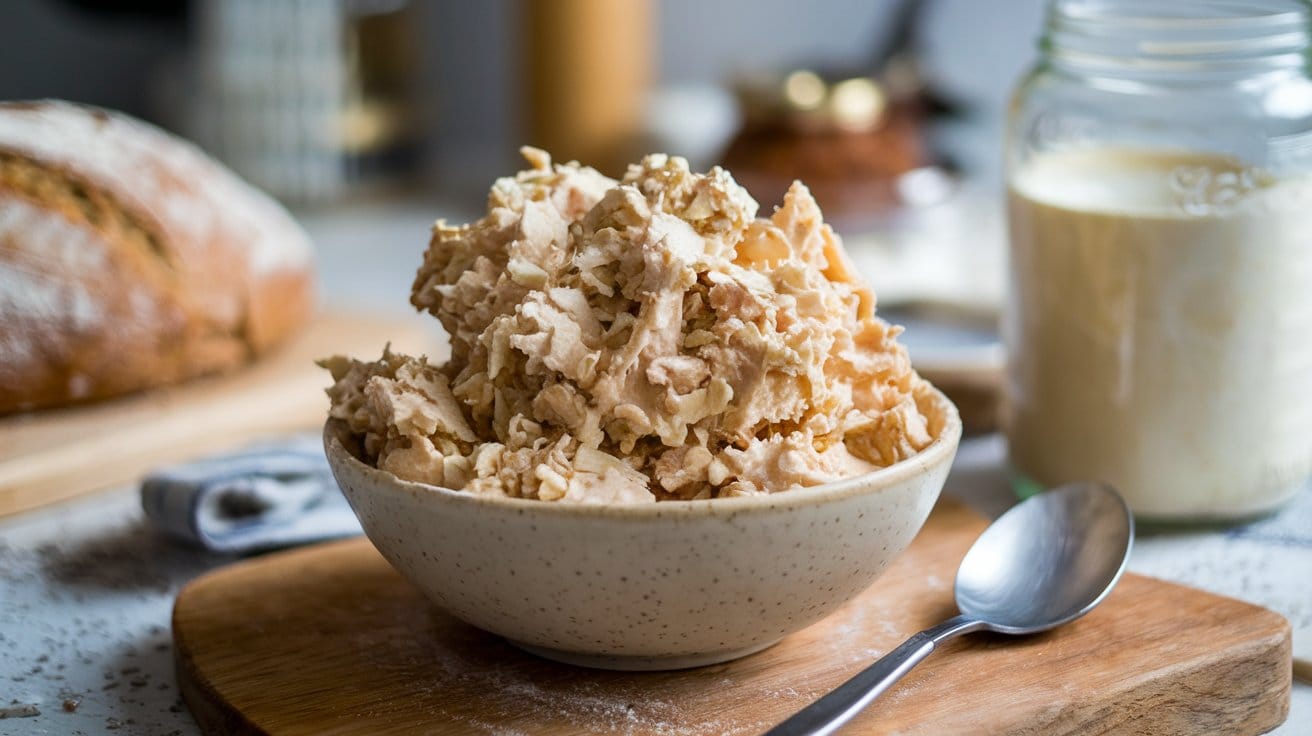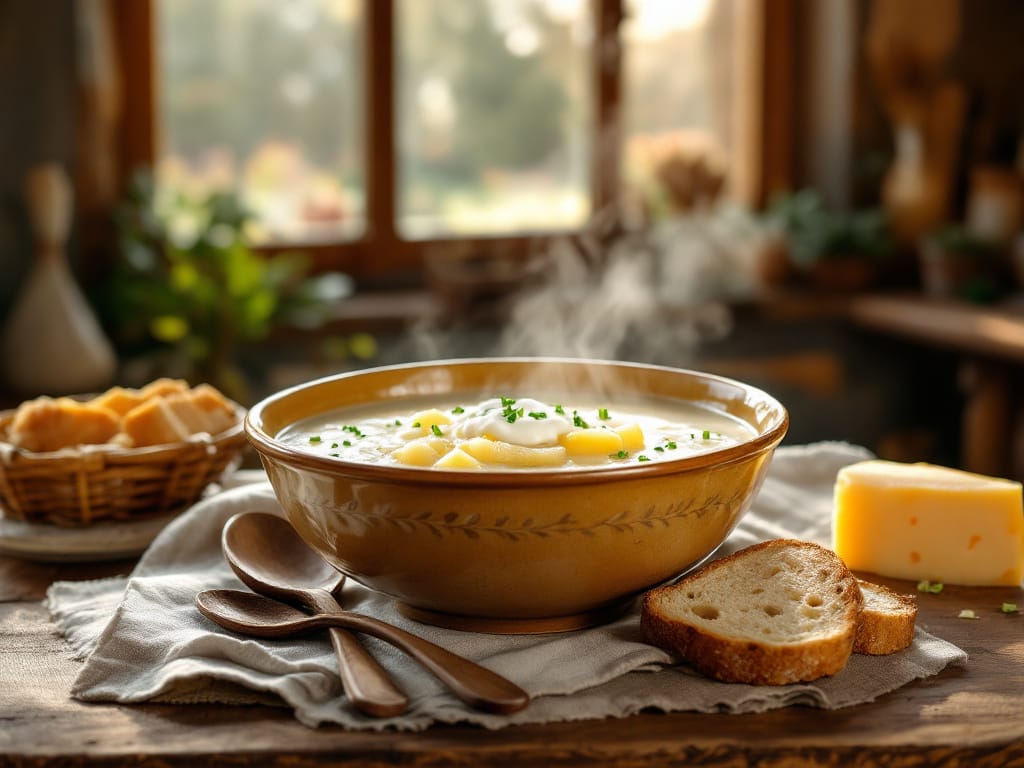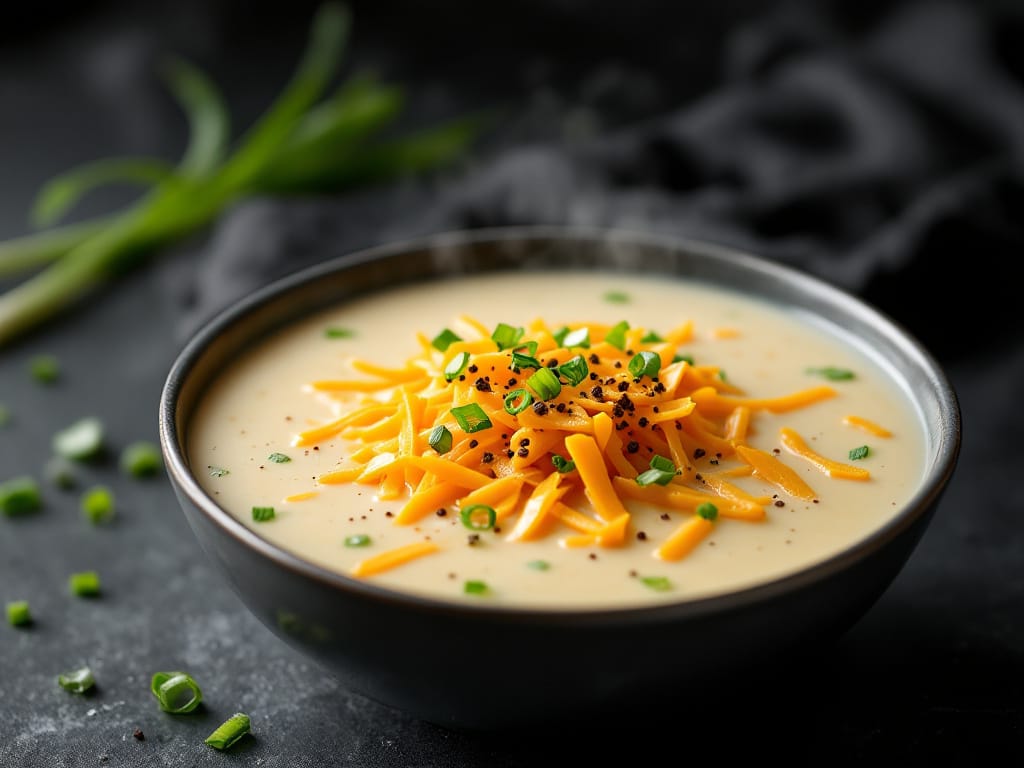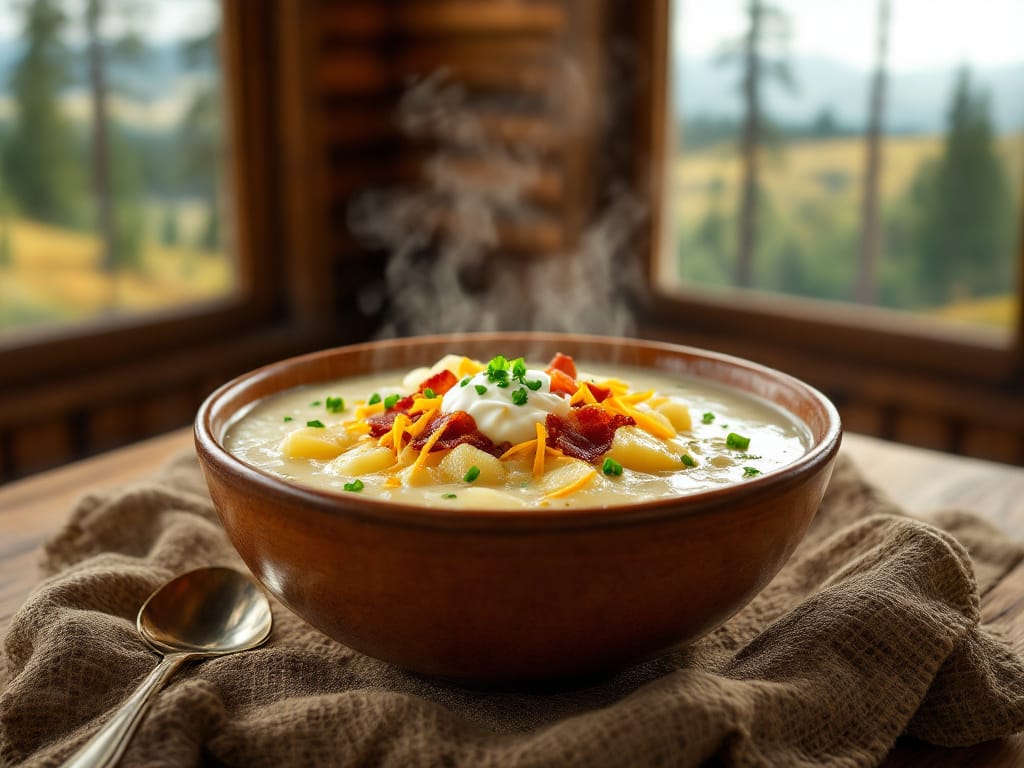Sourdough discard is the part of the sourdough starter removed during the feeding process. This step is necessary because it helps maintain the starter’s balance and keeps it healthy. To stay active, a starter needs regular feeding with fresh flour and water. When the entire starter is not used, the leftover portion becomes discard.
However, sourdough discard is far from useless. In fact, it is a natural by-product of maintaining a sourdough starter and is full of flavor and nutrients. For example, its tangy taste, which develops through fermentation, can add a unique and delicious twist to many recipes.
Using sourdough discard has both environmental and culinary benefits. For instance, it can help reduce food waste while also improving the taste and texture of dishes. Moreover, this approach aligns with the growing trend of sustainable and zero-waste cooking. Whether you incorporate it into pancakes or pasta, sourdough discard can transform simple meals into something truly special.
How to Store Sourdough Discard
Proper storage is essential to maintain the usability of sourdough discard. Here are the best practices:
Short-Term Storage
- Place discard in an airtight jar and refrigerate.
- Refrigeration slows fermentation, preserving discard for up to a week.
Long-Term Storage
- Freeze discard in small, portioned containers.
- Frozen discard can last up to three months and remains ideal for most recipes (how to freeze sourdough discard).
Tips for Freshness
- Avoid exposure to air, which can dry out discard or lead to contamination.
- Label jars with dates to track freshness.
- Use discard before it develops strong odors or discoloration.
Maintaining proper storage ensures your discard stays viable and flavorful, ready to enhance your next culinary creation.
Basic Guidelines for Using Sourdough Discard
Texture and Flavor Contribution
Sourdough discard has a unique texture that can add moisture and elasticity to baked goods. Its tangy flavor complements both sweet and savory dishes.
Active vs. Inactive Discard
- Active Discard: Recently fed and bubbly; great for recipes requiring leavening.
- Inactive Discard: Unfed and flat; perfect for recipes where it acts as a flavor enhancer rather than a rising agent.
Pairing Ingredients
The versatility of sourdough discard allows it to work well with:
- Sweeteners like honey and maple syrup.
- Savory elements like herbs, cheeses, and spices.
- Staple ingredients like eggs, milk, and butter.
Following these guidelines ensures you achieve the desired texture, flavor, and consistency in your recipes.
Top Culinary Uses for Sourdough Discard
Sourdough discard is a powerhouse ingredient that can elevate a wide variety of recipes. Its uses range from traditional baked goods to unconventional creations.
Baking Recipes
- Pancakes and Waffles: The tangy flavor of discard adds depth to breakfast favorites. Simply mix discard with eggs, milk, and leavening agents for fluffy results.
- Cookies and Muffins: Incorporate discard for moisture and a subtle sourdough twist. Chocolate chip cookies and blueberry muffins are particularly delicious.
- Quick Bread: Use discard in banana bread or zucchini loaf to create a tender crumb.
Savory Dishes
- Pizza Crusts: Replace part of the flour in pizza dough with discard for a chewy and flavorful crust.
- Flatbreads and Crackers: Mix discard with flour and seasonings for crispy snacks.
- Dumpling Wrappers: Add discard to the dough for a tangy spin on classic dumplings.
Other Creative Ideas
- Granola: Combine discard with oats and honey for a nutritious, fermented snack.
- Pasta: Use discard in fresh pasta dough to add elasticity and taste.
- Desserts: Enhance brownies, cakes, and tarts with the depth of flavor sourdough discard provides.
The versatility of sourdough discard ensures that no portion of your starter goes to waste, making it an indispensable ingredient in the kitchen.
5. Step-by-Step Recipes Using Sourdough Discard
Classic Sourdough Pancakes or Waffles
Ingredients:
- 1 cup sourdough discard
- 1 egg
- 1 tablespoon sugar
- 1 teaspoon baking soda
- ½ cup milk
- Pinch of salt
- Optional: 1 teaspoon vanilla extract or spices like cinnamon
Preparation:
- In a mixing bowl, combine the sourdough discard, egg, sugar, and milk. Mix until smooth.
- Add baking soda and salt, stirring just enough to incorporate. Avoid overmixing.
- Heat a skillet or waffle iron and lightly grease it.
- Pour the batter into the skillet or waffle iron and cook until golden brown on each side.
Tips:
- Use a non-stick surface for easy flipping or removal.
- For extra fluffiness, let the batter sit for 10 minutes before cooking.
- Top with syrup, fresh fruit, or whipped cream for a delightful finish.
Savory Sourdough Pizza Crust
Ingredients:
- 1 cup sourdough discard
- 2 ½ cups all-purpose flour
- 1 teaspoon salt
- 1 tablespoon olive oil
- ¾ cup warm water
- Optional: 1 teaspoon dried herbs (oregano, basil)
Preparation:
- Combine the discard, flour, salt, olive oil, and water in a large bowl. Mix until the dough comes together.
- Knead the dough on a floured surface for 8–10 minutes until smooth and elastic.
- Let the dough rest for 1–2 hours to develop flavor.
- Preheat your oven to 450°F (232°C) with a pizza stone or baking sheet inside.
- Roll out the dough, top with sauce, cheese, and desired toppings.
- Bake for 12–15 minutes or until the crust is golden and crisp.
Tips:
- For a crispier crust, pre-bake it for 5 minutes before adding toppings.
- Experiment with toppings like roasted vegetables, fresh basil, or even a drizzle of balsamic glaze.
Sourdough Banana Bread
Ingredients:
- 1 cup sourdough discard
- 3 ripe bananas (mashed)
- ½ cup sugar
- ¼ cup melted butter
- 1 egg
- 1 teaspoon vanilla extract
- 1 teaspoon baking soda
- ½ teaspoon cinnamon
- 1 ½ cups all-purpose flour
Preparation:
- Preheat oven to 350°F (177°C). Grease a loaf pan or line it with parchment paper.
- In a bowl, mix the sourdough discard with mashed bananas, sugar, butter, egg, and vanilla.
- Add baking soda, cinnamon, and flour. Stir until just combined.
- Pour the batter into the prepared pan and smooth the top.
- Bake for 50–60 minutes or until a toothpick inserted in the center comes out clean.
Tips:
- Add mix-ins like chocolate chips or chopped nuts for variety.
- Let the bread cool completely before slicing for cleaner cuts.
Non-Traditional Uses of Sourdough Discard
Sourdough discard isn’t just for baking; its versatility extends to unconventional uses that elevate dishes in unexpected ways.
Thickening Sauces, Soups, and Gravies
- Use discard as a substitute for flour or cornstarch to thicken stews and sauces, as suggested in these creative sourdough discard recipes. Its tangy flavor adds depth and complexity.
Fermentation Base for Other Recipes
- Create tangy, fermented condiments like kimchi or yogurt using discard as a starter, as highlighted in unconventional sourdough discard uses.
- Incorporate it into pancake syrups or salad dressings for a fermented twist.
Enhancing Nutritional Profiles
- The natural fermentation process in sourdough discard boosts probiotics, improving gut health.
- Add discard to granola or energy bars for a tangy and nutrient-dense snack.
Non-traditional uses make sourdough discard a valuable addition to your culinary repertoire, far beyond its baking roots.
FAQs About Sourdough Discard
What happens if I don’t use my sourdough discard?
If left unused, discard becomes overly acidic and may develop an unpleasant smell. It’s best to use or freeze it within a week.
Can sourdough discard be used in gluten-free recipes?
Yes, gluten-free bakers can create discard from gluten-free flours and use it in recipes tailored to their dietary needs.
How long does sourdough discard last in the fridge/freezer?
- Fridge: Up to 7 days when stored in an airtight jar.
- Freezer: Up to 3 months when portioned and sealed.
Can I use discard with molds or off smells?
No. Moldy or foul-smelling discard should be discarded entirely to avoid health risks. Check out this guide for more safety tips.
What is the best way to maintain discard consistency for recipes?
Stir your discard regularly and store it in a sealed container, following these best practices for sourdough discard.
Pro Tips for Maximizing The Use
- Balance Ingredients: Adjust recipes to balance the tangy flavor of discard with sweet or savory components.
- Experiment with Timing: Allow discard to ferment longer for enhanced flavors in recipes like crackers or flatbreads.
- Explore International Cuisines: Use discard in naan, crepes, or dumpling dough for a global twist.
Sourdough discard is a culinary treasure that rewards experimentation and creativity. With these recipes, tips, and ideas, you’ll never let another bit of discard go to waste!










